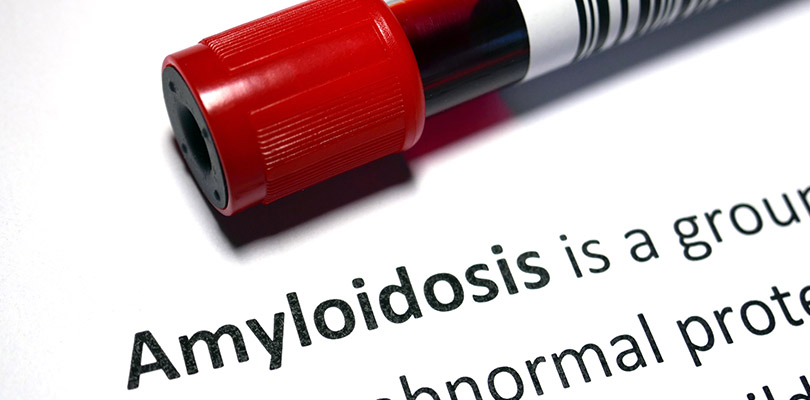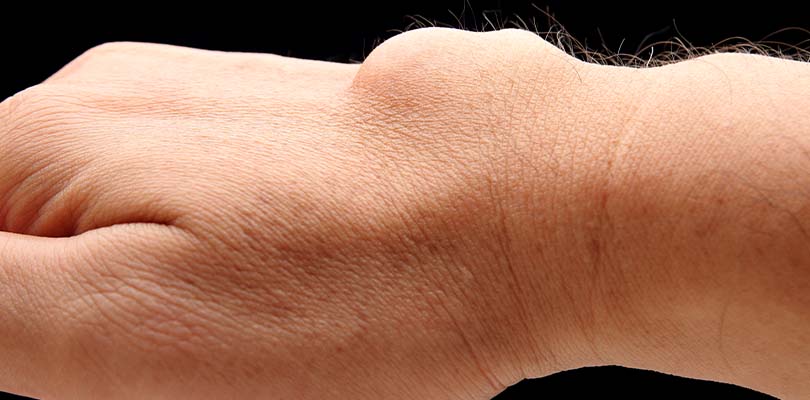What Is Considered a Fever?
A fever is one of the most frequently encountered symptoms in all of medicine. This state is usually brief and mild in intensity without creating a significant impact on your life.
The problem with fevers, though, is sometimes the symptom isn’t brief or mild. Sometimes, a fever is a warning sign of a larger problem that requires immediate medical attention.
Since fevers range from minor to major, you must always stay alert and aware of the symptom in yourself, and more importantly, in the children in your life. With fevers, staying aware will keep you safe.
What Is a Fever?
In the simplest terms, a fever is a temporary increase in the body’s temperature. People usually operate with a body temperature of 98.6oF, but this normal range is affected by a number of factors.
The time of day can trigger temperature changes with higher readings coming in the night time. During her menstrual cycle, a woman’s temperatures may increase by a degree or more.
These are expected temperature changes and do not constitute a fever. Other situations that could influence temperature include:
- Physical activity
- Emotional distress
- Diet
- Type of clothing worn
- Medications
- Room temperature and humidity
For adults and children, a fever is likely when the oral temperature is over 99.5oF, depending on the time of day. Underarm and rectal thermometers provide different sensitivities, so be sure to account for the differences.
If you are taking your temperature at home, ensure you are using a high-quality thermometer and following the directions precisely. Slight variations in tools and methods can sway your results.
A fever can spark numerous symptoms including:
- Sweating
- Weakness
- Lack of motivation
- Chills and shakiness
- Loss of appetite
- Headaches and muscle pain
- Dehydration
- Irritability
In some cases, children between the ages of 6 months to 5 years can have a seizure during fevers. Called febrile seizures, these seizures can happen quickly and with little warning but rarely cause any long-term effects. People who have one febrile seizure are likely to have another within 12 months.
Why Do We Get Fevers?
Though fevers may be annoying or uncomfortable, they are actually an important part of the body’s defense system. Fevers often signal there is a problem in the body that needs to be addressed.
By increasing the temperature in the body, fevers fight off a range of infections like:
- Bone infections
- Respiratory infections including:
- Colds
- Flu
- Sore throats
- Ear and sinus infections
- Pneumonia
- Bronchitis
- Urinary tract infections
Spinal muscular atrophy symptoms appear in many different forms and range in severity for everyone. Here are some common indications someone may have SMA.
Fevers might also present in children who are teething or have recently received immunizations. In these situations, the fever will be low-grade, meaning it will not increase much over 100oF.
Other times, fevers may present due to:
- Autoimmune and inflammatory conditions like:
- Arthritis
- Lupus
- Crohn’s disease
- Blood clots
- Certain medications like antibiotics or drugs for high blood pressure
- Cancer, especially types of lymphoma and leukemia
When to be Concerned About a Fever
With fevers, two features determine danger – the temperature and the duration. In children, dangerous conditions exist when:
- A child under 3-months-old has a temperature of 100.4oF or higher.
- A child between 3 and 12-months-old has a temperature 102.2oF or higher.
- A child one year or older has a temperature of 105oF or higher.
- A child has a fever for 2 or 3 days without steady relief.
Having a good working relationship with your pediatrician is always essential. Track symptoms and communicate effectively with staff to maintain safety.
The intensity and duration of fever dictate the severity in adults as well, but they follow different standards. In adults, dangerous conditions exist when:
- The fever is 103oF or higher.
- The fever lasts longer than 2 days.
As always, if you or a loved one appears very weak, confused, or is having problems breathing, seek emergency care immediately.
How to Get Rid of a Fever: At-Home Fever Treatments
In the majority of situations, fevers can be well-managed at home until the symptoms alleviate gradually. When you treat a fever, focus on reducing, not eliminating the condition to get the best results.
Tip on how to reduce a fever include:
- Using over-the-counter medications like acetaminophen, aspirin, or ibuprofen. Contact your doctor for dosing and if multiple medications can be used together.
- Drink and encourage plenty of fluids like water to avoid dehydration. Popsicles and soup are good choices, too.
- Make the room temperature comfortable and dress in light layers without heavy blankets.
- Take a warm (not hot) bath to lower body temperature.
Contrary to popular belief, getting into a bath filled with icy water is never a good idea for someone with a fever. The cold temperature will only chill the skin causing the body to trigger a shivering reflex that ends up increasing the core body temperature.
Use Prevention to Limit Fevers
Like other medical conditions, practicing some healthy habits can reduce your risk of getting a fever. Tips to prevent fevers include:
- Washing your hands, especially before meals.
- Avoid touching your eyes, nose, and mouth.
- Never share cups, toothbrushes, or utensils.
- Cover your nose and mouth when coughing or sneezing.
For most people, fevers are a normal part of life, but in some exceptional cases, they can warn you of danger or be quiet threatening. Always treat fevers seriously to maintain the safety of yourself and those you care for.







